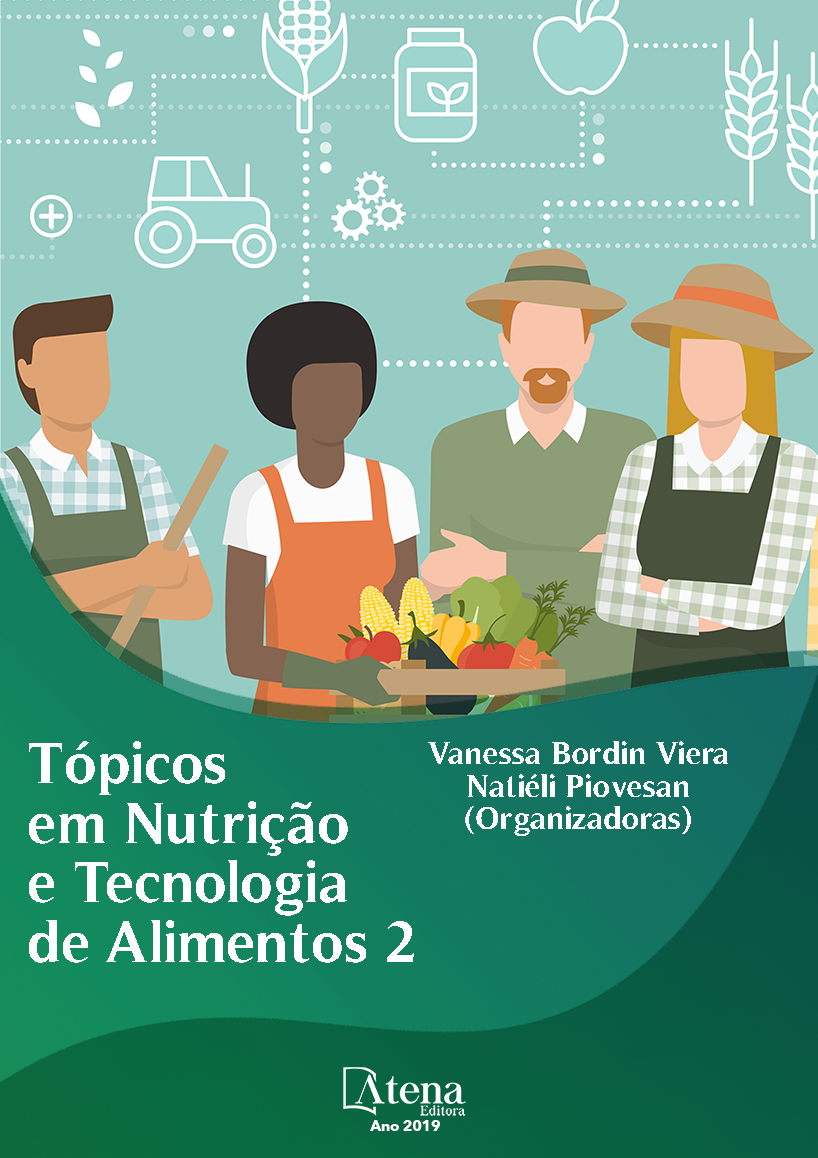
O que o turista come quando visita a região do litoral do Baixo Sul da Bahia: mapeamento do uso do pescado na gastronomia
Este estudo apresenta um
mapeamento dos tipos de pescado em uso na
gastronomia da região litoral Baixo Sul da Bahia.
Foram visitados alguns restaurantes em algumas
localidades do litoral Baixo Sul da Bahia. Para a
escolha da amostra, foi utilizada a técnica da
amostragem não probabilística, selecionada
por conveniência. Identificou-se que os clientes
têm preferência pelos peixes comerciais com
nomenclatura conhecida. Quanto às formas
e solicitações de preparo, verificou-se que
não existem tipos específicos de peixe para
preparações com técnica de cocção úmida e
seca, como identifica a literatura. O peixe a ser
preparado é aquele disponível no dia, ofertados
nas diversas formas de preparo, como moqueca,
ensopado, escabeche, grelhado e com molho de
camarão. Quanto aos fornecedores, a maioria
dos restaurantes visitados recebe o pescado
diretamente de frigoríficos. Os pescados mais
utilizados de forma geral na região pesquisada
foram Dourado, Badejo e Cavala, sendo que
em algumas localidades o Vermelho Cioba e o
Cação aparecem entre os três primeiros citados.
Palavras chave: gastronomia baiana, peixe,
turismo gastronômico
O que o turista come quando visita a região do litoral do Baixo Sul da Bahia: mapeamento do uso do pescado na gastronomia
-
DOI: 10.22533/at.ed.23519090820
-
Palavras-chave: Atena
-
Keywords: Bahian gastronomy; seafood; fish
-
Abstract:
This study presents an update
of the types of fish in use in the gastronomy
of the Southern Bahia Lowlands region. Some
restaurants were visited in some localities of
the Southern Bahia Lowlands. For the sample
selection, the non-probabilistic sampling
technique, selected for convenience, was used.
It has been identified that customers have
preference for commercial fish with known
nomenclature. Regarding the preparation forms
and requests, it was verified that there are no
specific types of fish for preparations with wet
and dry cooking technique, as identified in the
literature. The fish to be prepared is the one
available on the day, offered in the various
forms of preparation, as moqueca, stew,
escabeche, grilled and with shrimp sauce. Only
two restaurants visited specified in their menus
the fish of the preparations. As for suppliers, most of the restaurants visited receive
the fish directly from fridges. The purchase in refrigerators was justified by the greater
practicality, since the fish supplied is eviscerated and ported, in addition to keeping
stock, making deliveries according to the request of each restaurant. The entrepreneur
has preferred to negotiate with the refrigerator than with the artisanal fisherman, for the
convenience of not having to stock or pre-prepare the product. The most commonly
used fish in the studied region were Dourado, Badejo and Cavala, and in some localities
Cioba Red and Cação seem among the first three cited.
-
Número de páginas: 15
- Joseni França Oliveira Lima


